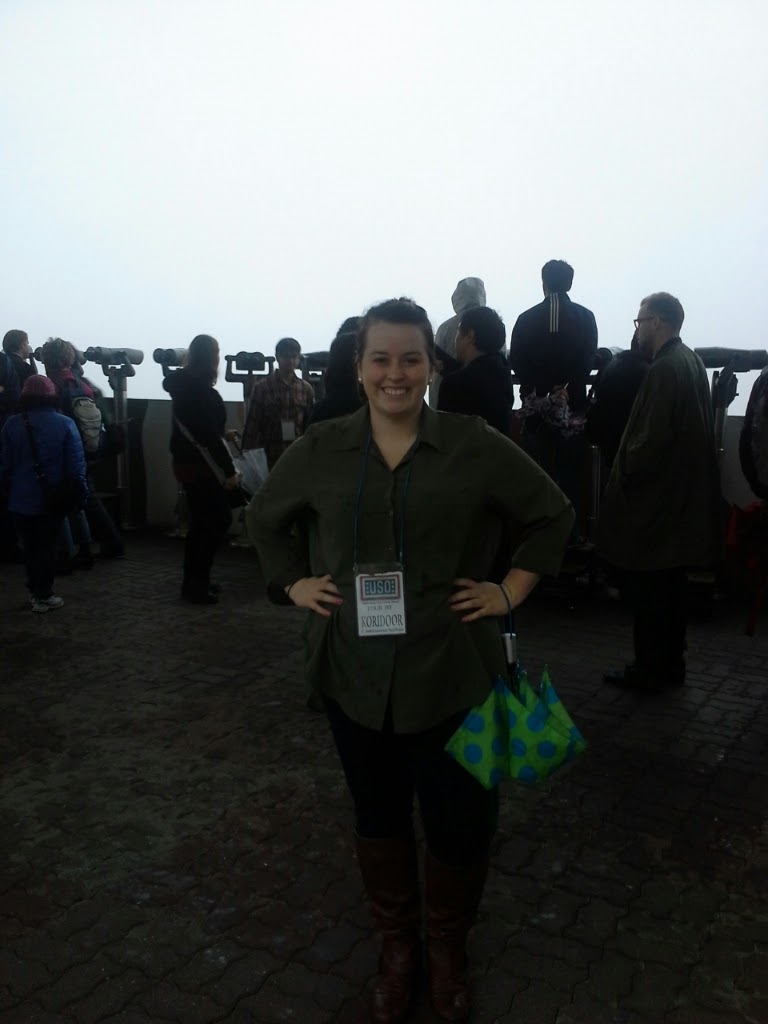With snow in the not too distant future, I've been busy checking things off my pre-hibernation to do list. One thing I've been interested in since hearing about it in 2009 was a "doctor fish pedicure." The so-called doctor fish is a type of Middle Eastern fish that sloughs off and eats dead skin (insert violence/flesh-eating/Middle East joke here). The fish got its nickname because it was first used to treat people with psoriasis. Circle of life, indeed.
Now, there are cafes and spas throughout Asia where customers can pay to put their feet into pools of doctor fish and contemplate why the practice is illegal in the U.S. while being feasted upon. This weekend, my friend and I visited one such cafe in Gangnam (yes, the place from the song).
We each bought a drink, helped ourselves to some free bread(!), and paid the $2 fee for doctor fish. There were two small pools up on a raised platform, and luckily we read about the protocol online: we had to wait for an employee to come rinse off our feet, then we could put our feet in for around 15 minutes.
One pool was semi-filled with tiny, non-intimidating fish. This wasn't going to be as hard as I thought... As a very ticklish person, I was totally comfortable with the size and scary factor of those fish. After the briefest hesitation, we put our feet in and and it was dinner time! If you didn't look at it happening, it felt almost like the tingling that you feel when your foot falls asleep; it wasn't painful or tickling. If you looked at it, however, it felt like weird fish were crawling on your feet and eating your skin. So, I tried not to look at it.
My friend had done this before in Thailand, so she decided we should step up our game and try the second pool. There were twice as many fish and they were three times as big. And as we walked along the edge of the pool, the fish followed our movement. It was not heart-warming.
All I could manage was putting my heel in. The resulting frenzy was... well, pretty freaking gross.
We finished off our exciting day with a trip to a bookstore with a major foreigner section. BOOKS! Then, we got some Korean barbecue (sam gap sal) and met up with some friends for drinks at a hookah bar and karaoke (no rae bong).
Around 5 a.m., we found a 24-hour diner and had a soup called budae jjigae, which literally means "army base stew," but my friend introduced as "garbage soup." During the Korean War when food (especially meat) was scarce, South Korean soldiers and citizens used to use the U.S. Army's discarded pork, hot dogs, and Spam to make a red pepper stew that is now served with Ramen noodles, too. It was pretty delicious and a fitting end to a day/night of random fun.
























